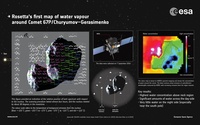COBS News archive
CometWatch 20 July
July 31, 2015
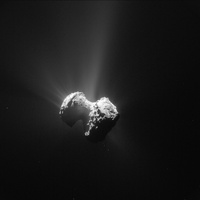
Video report: Rosetta orbiter science
July 24, 2015
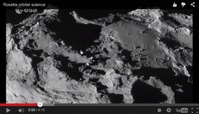
It is almost a year since the Rosetta spacecraft began orbiting comet 67P/Churyumov-Gerasimenko on 6 August 2014. The orbiter’s eleven instruments are studying the comet at different wavelengths - infrared, ultraviolet, microwave and radio – as well as gathering high-resolution images and information about its shape, density, temperature and chemical composition.
Inside Imhotep
July 23, 2015
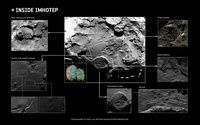
Imhotep, on Comet 67P/Churyumov-Gerasimenko's large lobe, is one of the most geologically diverse regions observed by Rosetta. This blog post presents the results of a new paper by Anne-Thérese Auger from the Laboratoire d'Astrophysique de Marseille (LAM, France) et al, which describes Imhotep's key features and discusses possible scenarios for this region's evolution. The post was prepared with inputs from Anne-Thérese and co-author Olivier Groussin, also from LAM.
CometWatch 14 July
July 23, 2015
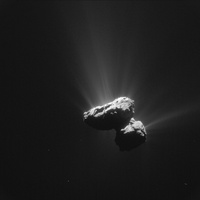
Getting to know Rosetta’s comet: boundary conditions
July 16, 2015
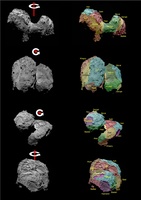
In January the first maps of Comet 67P/Churyumov-Gerasimenko were published, identifying 19 geomorphologically distinct regions on its surface. Six months on and much more work has been done on refining the boundaries between these regions. This blog post showcases some of the OSIRIS images acquired from close orbit and presented in a new paper that have enabled an in-depth study of the different regions and their boundaries. This post was prepared with inputs from lead author M. Ramy El-Maarry from the University of Bern, who introduces this post with an inside story on how some of the regional names were chosen:
CometWatch 7 July
July 16, 2015
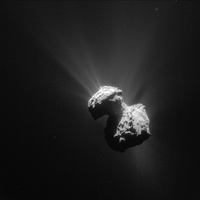
Hello, Pluto!
July 16, 2015

Preparing for perihelion
July 14, 2015
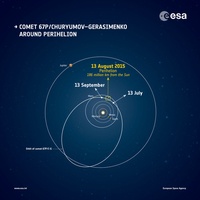
CometWatch 25 June 2015
July 13, 2015
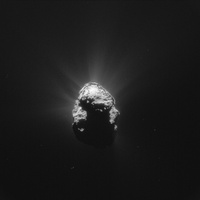
New communication with Philae – commands executed successfully
July 13, 2015
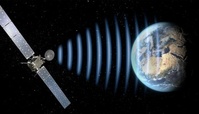
CometWatch 24 June
July 10, 2015
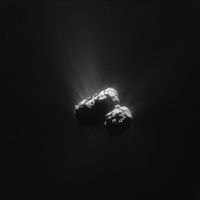
CometWatch 23 June
July 10, 2015
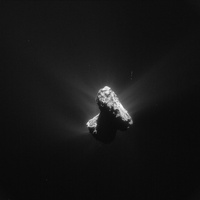
Comet sinkholes generate jets
July 02, 2015
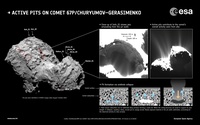
CometWatch 21 June
July 02, 2015
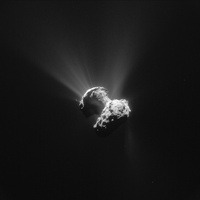
Exposed water ice detected on comet’s surface
June 29, 2015
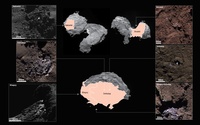
This article is mirrored from the main ESA web portal and covers the results published in a new paper in the journal Astronomy & Astrophysics titled "OSIRIS observations of metre-size exposures of H2O ice at the surface of 67P/Churyumov-Gerasimenko and interpretation using laboratory experiments," by Antoine Pommerol et al.
CometWatch 15 June
June 24, 2015
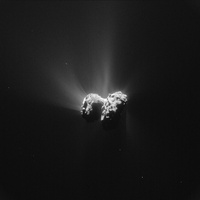
CometWatch 14 June
June 22, 2015
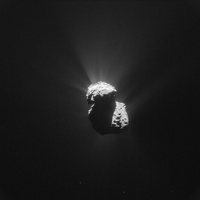
Rosetta and Philae in contact again
June 22, 2015

Rosetta tracks debris around comet
June 19, 2015
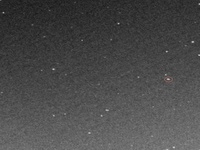
This blog post is based on the papers “Orbital elements of material surrounding comet 67P/Churyumov-Gerasimenko,” by B. Davidsson et al, and “Search for satellites near comet 67P/Churyumov-Gerasimenko using Rosetta/OSIRIS images,” by I. Bertini et al, which are both accepted for publication in Astronomy and Astrophysics.
MIRO maps water in comet’s coma
June 19, 2015
